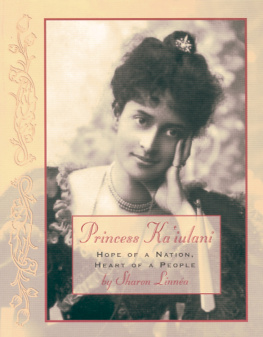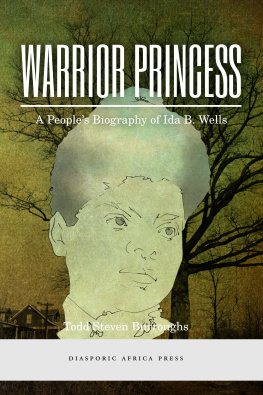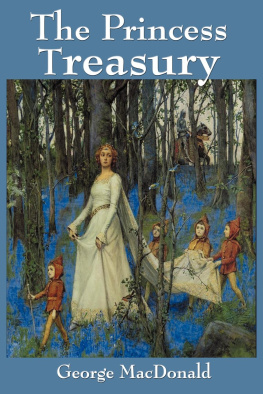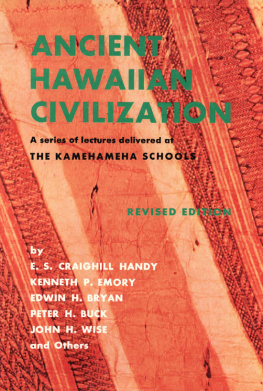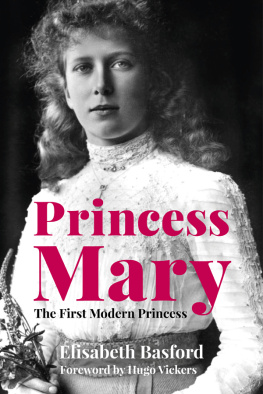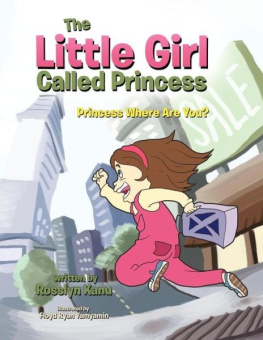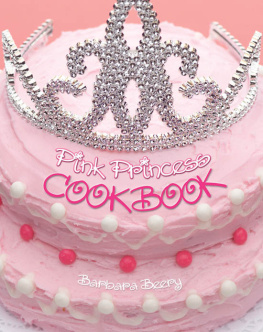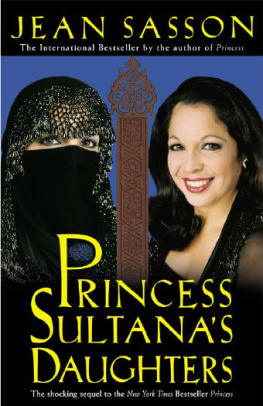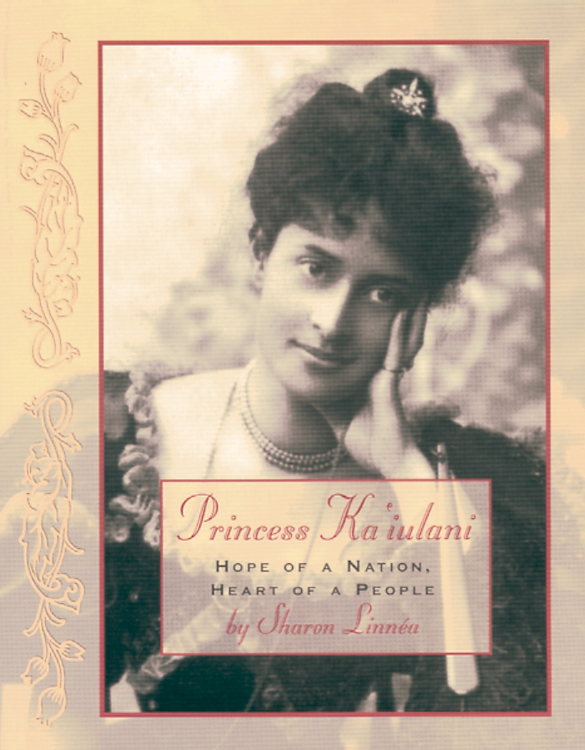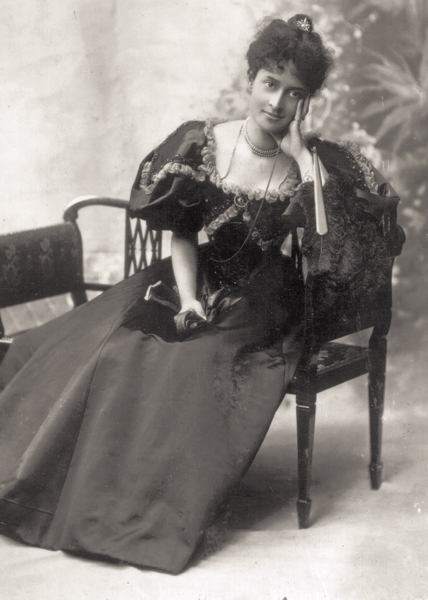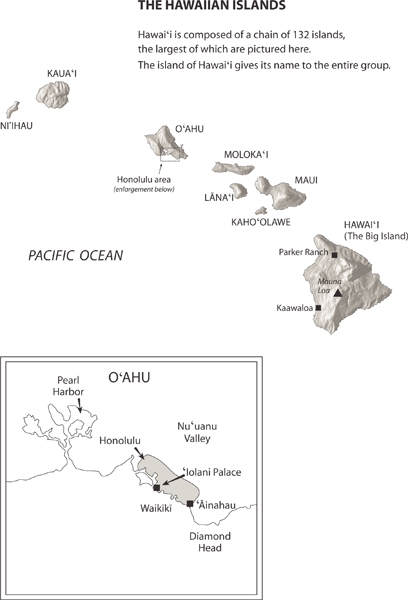It seems fitting to open with a word of gratitude. First, I thank two knowledgeable and gracious historians, R. Kawika Makanani of the Kamehameha School and Holly McEldowney of Hawaiis State Historic Preservation Division, for their eye-opening discussions of the continually evolving interpretations of Hawaiis past. I owe a great debt to each for their input, especially on the presentation of the islands history in .
On a more personal note, thanks to Lorrie Lazar, without whom no words would appear on these pages, and to Jenny Lazar, who gave the manuscript an early read through a teenagers eyes.
Thanks to Mary Ann ORoark for suggestions and support every step of the way, and to my wonderful husband, Robert Scott, my anchor in every storm.
Thanks, too, to all those who recognized the importance of Kaiulanis story: Susan Cohen, a sane voice in a crazy profession, who has somehow become the official agent of Princess Kaiulani; to Amy DeVries for commissioning this book, Mary Hietbrink for strengthening it, Judy Zylstra for standing behind it, and Gayle Brown and Klaas Wolterstorff for the special design.

If youve ever heard Hawaiian, you know that its a dramatic and expressive language. The language is meant to be spoken; in fact, no written version existed until the missionaries arrived in the islands less than two hundred years ago.
The entire Hawaiian alphabet consists of only twelve letters: the English vowels a, e, i, o, and u; and seven consonants, h, k, l, m, n, p, and w. Here is a very simplified guide to pronunciation.
The consonants retain their American sounds.
The vowels are generally pronounced as follows:
a is uh (as in amount)
is ah (as in ha)
e is eh (as in led)
is ay (as in hey)
i is ee (as in piece)
o is oh (as in oboe)
u is oo (as in blue)
When you see a macron () over a vowel, it not only changes the sound; it alerts you to give the vowel a little more emphasis, to draw it out a bit.
Also important is the glottal stop, which looks like an inverted comma (). The glottal stop cues you to do just that stop briefly in the middle of the word, then keep going. Its much like the English uh-oh.
In Hawaiian, unlike English, there are no tricky instances where vowels or consonants run together, although sometimes two vowels will be said quickly together, almost like an English diphthong. For example, the word poi is usually spoken as one syllable, though each vowel briefly gets its own sound.
Four basic rules will take you far in pronouncing Hawaiian:
1. Each letter gets a sound.
2. There is never more than one consonant per syllable.
3. Every syllable ends with a vowel. So its easy to sound out Honolulu: Ho-no-lu-lu. If you can do that, you can do it with longer, harder-looking words, like Ka-w-na-na-ko-a.
4. The final rule of thumb is that words are accented on their second-to-last syllable. So: Ka-i-u-LA-ni. (Kah-ee-oo-LAnee). Words with only two syllables are accented on the first syllable. So: LE-i (LAY-ee).
A final interesting note is that during the time period which this book discusses, Hawaiians often found it in their best interests to seem Westernized. Consequently, they seldom used correct Hawaiian punctuation while writing, leaving out glottal stops and macrons. During her life, Princess Kaiulani spelled her name simply Kaiulani and let it be pronounced in the Anglicized way: Kaye-oo-LA-nee.
In recent times, as native Hawaiian pride and culture have flourished once again, the written language has been restored, treated with proper respect, and so it is again punctuated correctly which also gives foreigners a much easier guide to pronunciation!
Here are pronunciations of some of the Hawaiian words used in this book:
inahau (y-NA-how) : Land of Cool Breezes, the name of Kaiulanis Waikk estate
alii (uh-LEE-ee) : chief; the highest nobility (Like other nouns in the Hawaiian language, the plural form does not take an s.)
aloha (ah-LOW-ha) : love; a wish spoken both in greeting and in parting
anaana (ah-na-AH-na) : the ancient pray-to-death ritual
haole (HOW-lee) : a Caucasian foreigner; the term is slightly derogatory
holok (ho-LO-ko) : a long Hawaiian dress with a yoke and a train; it can be made to be casual or very dressy
Huna (HOO-nah) : the ancient Hawaiian religion; literally The Secret
Iolani (ee-o-LAH-nee) : The Hawk of Heaven, the name of the royal palace
khili (kh-HEE-lee) : large sticks decorated with colorful feathers, symbols of Hawaiian royalty
kahuna (ka-HOO-nah) : a scholar or priest
Kaiulani (ka-ee-oo-LAH-nee) : the last crown princess of Hawaii
Kalkaua (ka-lah-KOW-ah) : the last king of Hawaii
Kamehameha (ka-MAY-ha-MAY-ha) : the great warrior who united the islands; the dynasty he founded is named after him
kanaka (ka-NAH-ka) : a person (typically used to refer to a commoner, someone not of the alii class)
Kapiolani (kah-pee-o-LAH-nee) : Kalkauas queen
kapu (KA-poo) : forbidden, sacred also used to describe the laws that defined the sacred or forbidden
keiki

